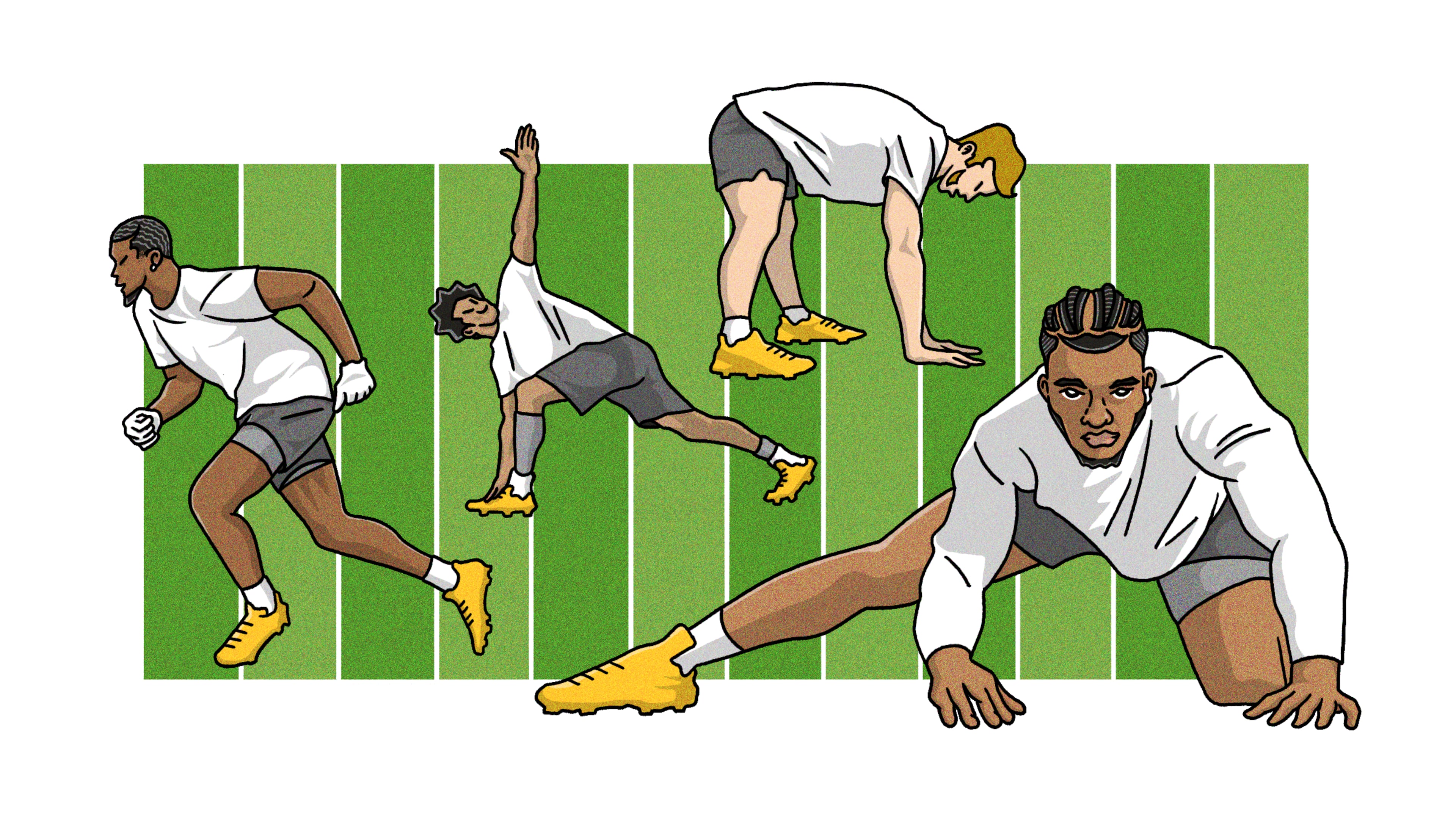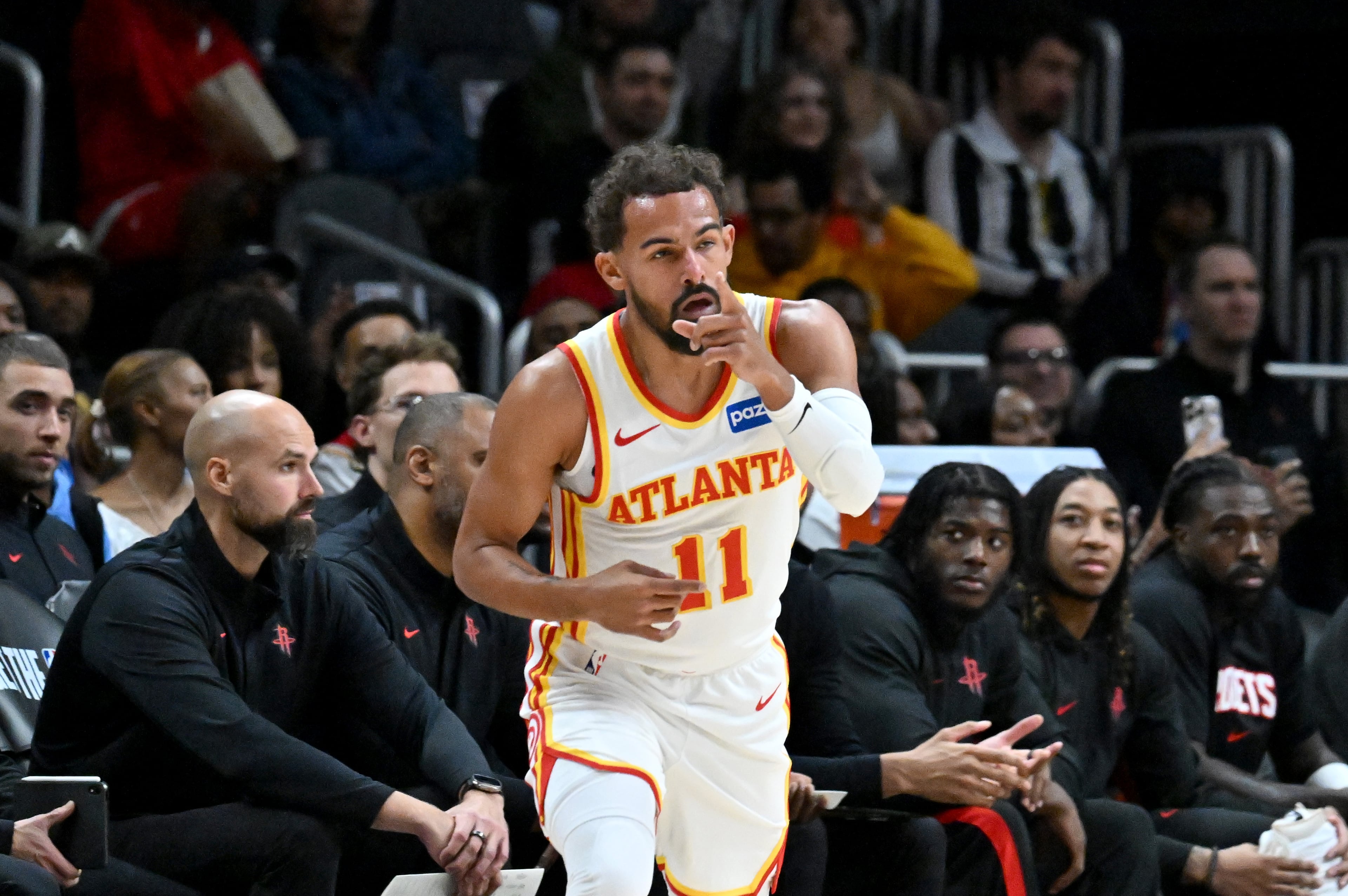From UGA player to surgeon: Tips to prevent football injuries

Sprains, strains, concussions — football injuries raise plenty of questions for players and parents. What’s at the top of your list? Dr. Chris Gaunder, a former University of Georgia football player and orthopedic surgeon with Atlanta-based Piedmont Healthcare, has the answers.
“We treat all sorts of athletes, high school athletes to college athletes, weekend warrior athletes, to professional level, to recreational level,” he told The Atlanta Journal-Constitution. “And so we really see the gamut in terms of injuries on every level.”
Tackle football remains one of America’s favorite pastimes, with over a million players on the high school level alone. All those players aren’t leaving the field unscathed, either. When it comes to full-contact sports, it can sometimes feel like injuries simply come with the territory.
As a leading orthopedic surgeon in the Georgia Bulldogs’ home area of Athens, Gaunder knows how to help players stay safe this season.
Warming up is critical for injury prevention
What better way to start an injury prevention guide than the all-important warm-up, a step Gaunder emphasized as a crucial practice for safe play. Before you go full throttle on the field, warming up should be your first move.
“Stretching and warming up are critical for prevention and for optimal performance on the field,” he said. “I think in general when you stretch and warm up, particularly dynamically, you’re going to increase blood flow to those muscles.”
According to the American Heart Association, warming up widens your blood vessels, giving your muscles more oxygen for better performance. Warming up also raises your heart rate more slowly, stressing the organ less than if you went directly into your exercise.
A proper warm up includes low-intensity exercises like walking for 5 to 10 minutes. It should get you lightly sweaty, but should never be intense enough to leave you feeling tired.
After your warm up, you will need to stretch. Not all stretches are equal though. From lunges to leg curls, dynamic stretching mimics the sport or exercise activities you will be doing.
“Football is one of those things where you’ve got a lot of different people kind of baked into the cake,” he said. “It’s not baseball, where everybody’s throwing. It’s not golf, where everybody’s swinging a club. It’s very unique where you’ve got throwers, you’ve got close contact linemen, you’ve got elite athletes at receiver and safety positions and you’ve got kickers.
“You’ve got to really make sure you’re doing some specific dynamic stretching predicated on what you’re going to be doing on the field.”
Speak to your coaches and athletic trainers for advice on which dynamic stretches you should be doing before trying any football drills or workout routines at home.
Hydration starts well before you hit the field
It gets hot here in Georgia, so hydration is no laughing matter.
“The body is going to be optimized when it’s well hydrated, and that goes from sprains to strains,” Gaunder said, speaking on how hydration helps reduce injury risks. “But it also falls into potentially preventing or dampening the effects of trauma to the head.”
High school football players face a significantly higher risk of heat-related illnesses — over 11 times greater than athletes in other sports combined, according to a 2013 study based on data from the National High School Sports-Related Injury Surveillance System. A separate UGA study found that between 1980 to 2009, 58 football players — mostly high school level — died from heat-related causes. Georgia led the nation in those deaths.
In response, the Georgia High School Association implemented a heat and humidity practice policy that stresses the importance of prevention, particularly hydration. Staying hydrated not only helps you stay cool in the heat, buy also reduces the risk of other injuries by preventing cramping and fatigue.
“I think the most important thing we forget as players, as parents, is that we see the water coolers out there during the game or during practice,” he said. “But if you’re just hydrating during that event, you’re already way behind the eight ball. That’s something that’s got to happen well before the competitive activity, during and then after.”
According to Johns Hopkins University Student Health and Wellness Center dietitian Rayven Nairn, MS, RDN, LDN, children 9 to 12 years old should drink 3 to 12 ounces of water for every 20 minutes of sports play. Teens should drink 11 to 16 ounces for ever 20 minutes of play. If the activity goes on longer than an hour, it’s important to drink something infused with electrolytes as well.
Athletes should also have 14 ounces of electrolyte-infused water two hours before practice or a game. Afterward, another 16 to 24 ounces of water or an electrolyte drink helps with recovery. Chocolate milk is also a great post-workout option. When choosing sports drinks, watch the sugar — the AHA recommends no more than 25 to 36 grams of added sugar per day.
The truth about traumatic brain injuries
Concussion is a word no football player, or their parents, ever wants to hear. It’s a traumatic brain injury (TBI) caused by a blow to the head, moving or twisting the brain around the skull. This can cause chemical changes within the brain and damage brain cells.
It can lead to behavioral changes, impair memory and chronic health problems, particularly if the athlete has experienced multiple concussions.
According to a 2021 CDC study, youth tackle football players experience around 378 head impacts per season — contributing to boys’ tackle football having the highest concussion rate among youth sports.
“I think it’s definitely a risk,” Gaunder said, when asked how concerned players and parents should be about concussions from playing football. “And it’s a calculated risk when you’re playing a contact sport. If you don’t want to run the risk of ever having a concussion, then you should not play the sport.”
While concussions get a lot of attention, they’re not the most common football injury. According to the 2023 through 2024 school year National High School Sports-Related Injury Surveillance Study, strains and sprains top the list among players today.
As the research into these injuries is still ongoing, a lot of questions about TBIs, concussions and the brain disease chronic traumatic encephalopathy (CTE) are still unanswered.
“I think the simple answer unfortunately is we just don’t know,” Gaunder said, speaking on any potential CTE risks.
“As a kid who played high school sports, who played high school football, played college football, I’ve had many concussions. Many,” he continued. “ As an orthopedic surgeon in my 40s, I see little to no effect from any of that now. Will time tell? Will I see it when I’m 50 or 60? I don’t know.”
One way to reduce injuries, like concussions, is for players to focus on their technique on the field. Gaunder admits he relied on his physical ability during high school football. Looking back, he says that relying solely on natural talent often meant overlooking proper technique — something that’s critical for both performance and injury prevention.
“No one ever walked me through what the fundamentals of how to tackle and how to make an effective tackle, and that seems ridiculous being that I played football my whole life.”
Using the right form when tackling, along with consistently wearing a well-fitted helmet, can greatly reduce the risk of of serious injuries. But when a head injury does occur, it’s important to recognize the signs early.
Anyone showing danger signs of a concussion — such as vomiting, unusual behavior, confusion, agitation, slurred speech, intensifying headache, single enlarged pupil, convulsions, decreased coordination or numbness — should be taken to an emergency room immediately.


